How to Account for Axial Loads in your RISAConnection Designs
With the new RISAConnection version 2.0, users now have the ability to design all connections for axial forces as well as the shear and moment...
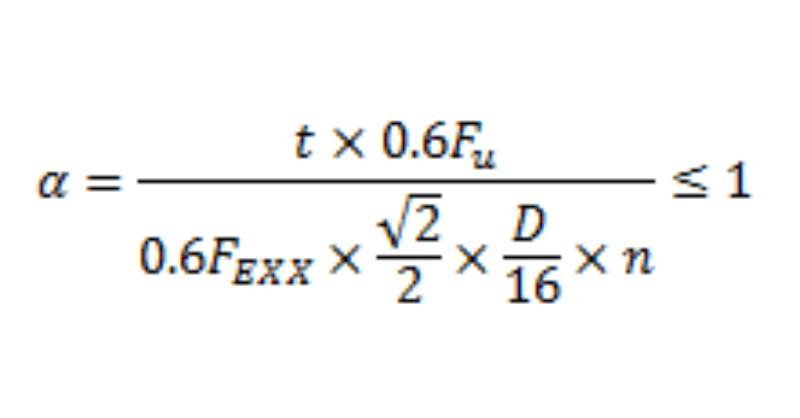
The base material at the location of a weld may have less strength than the weld itself. In this case it will control the overall strength of the welded connection. In order to account for this, RISAConnection uses a weld strength reduction factor (α) which we call the Base Material Proration Factor.
This factor is a re-arrangement of AISC Steel Design Manual equation (9-2) which is presented as a thickness limitation. In order to include this limitation in the capacity calculation, this equation is rewritten as a factor which is then applied to the weld strength calculation.

Per page 9-5 of the Steel Design Manual, this factor shall apply whenever the “available strength of the connecting element is not directly calculable”. This is a subjective statement and we as engineers have done our best to include this factor wherever we thought necessary, such as a weld connected to the wall of an HSS column, or the web of a supporting column.
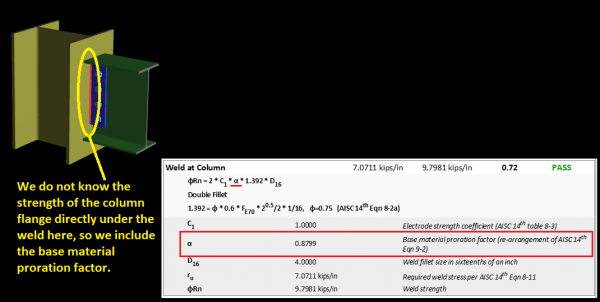
If you prefer not to include this factor, you can easily turn it off by unselecting the “Check Weld Base Mat. Thick” checkbox from the Solution tab of (Global) Model Settings.
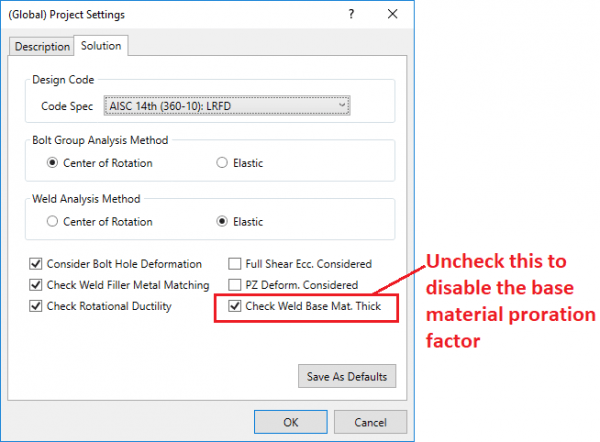
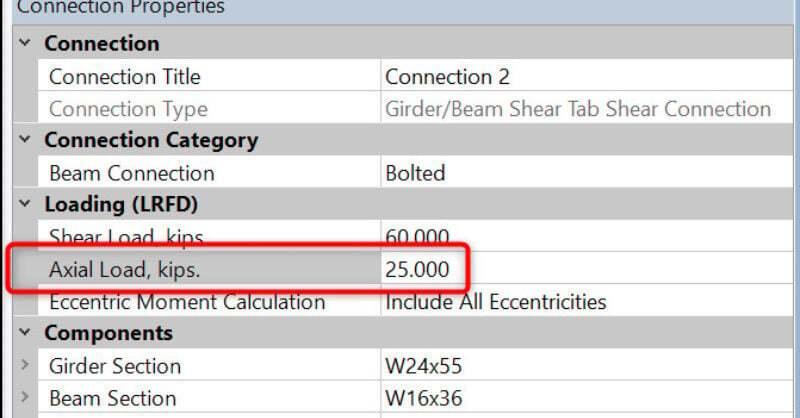
With the new RISAConnection version 2.0, users now have the ability to design all connections for axial forces as well as the shear and moment...

For moment connections in RISAConnection there is an option to place web doubler plates on the column web. These plates act as a reinforcement for...
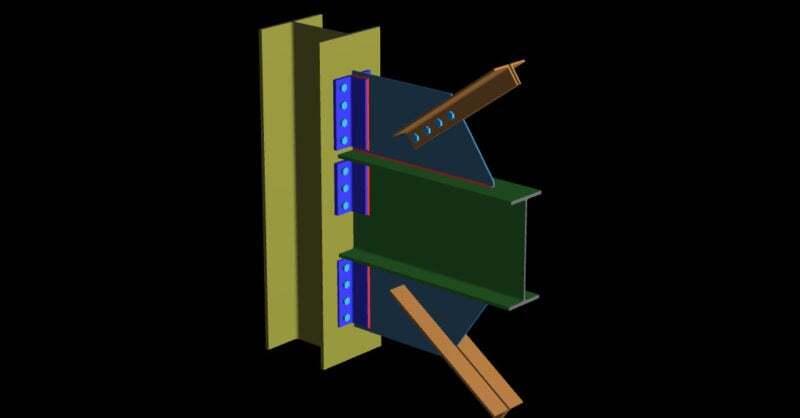
You can use the full library of international shapes inside of RISAConnection. Currently RISAConnection uses the American steel code AISC code for...